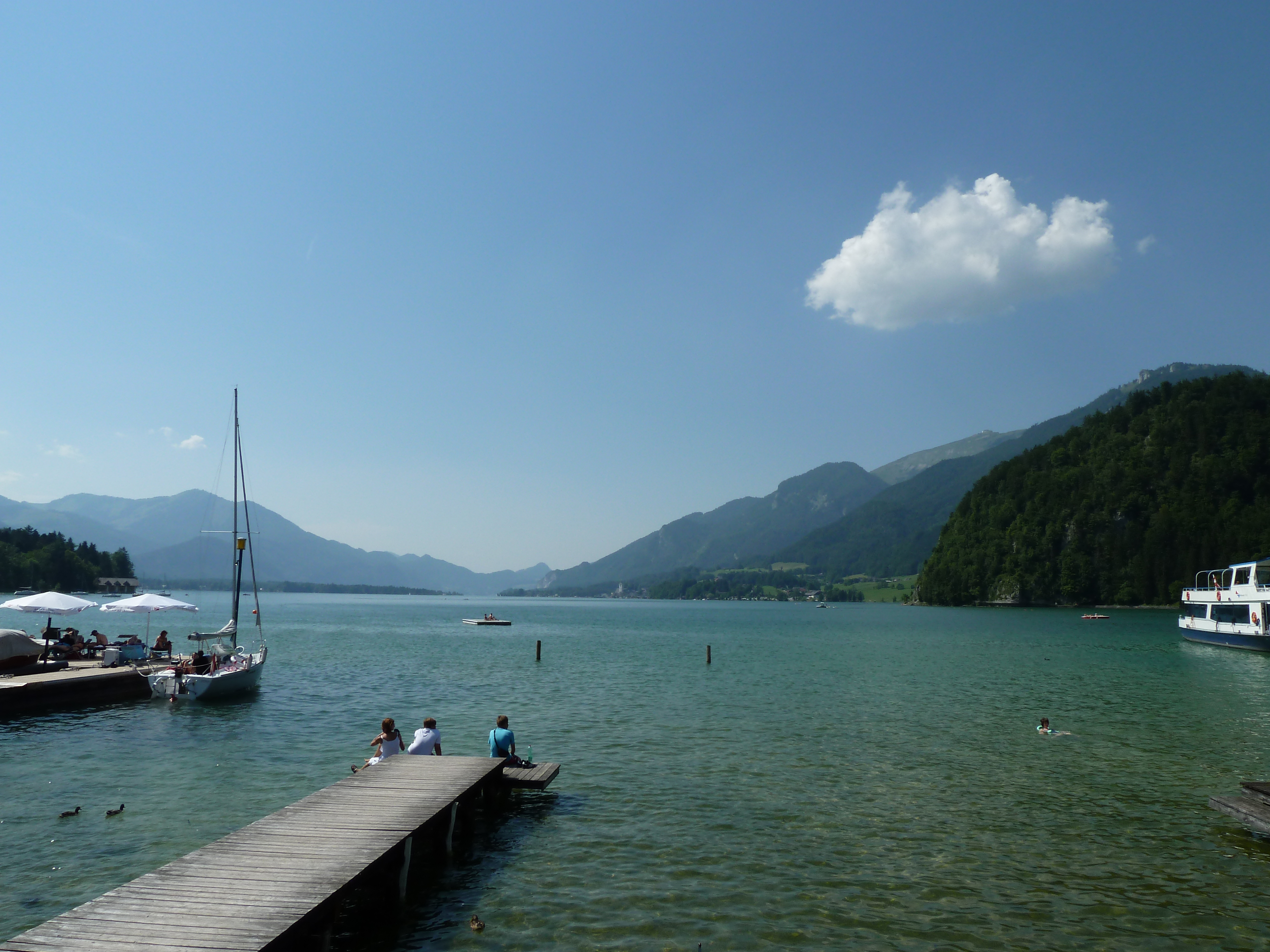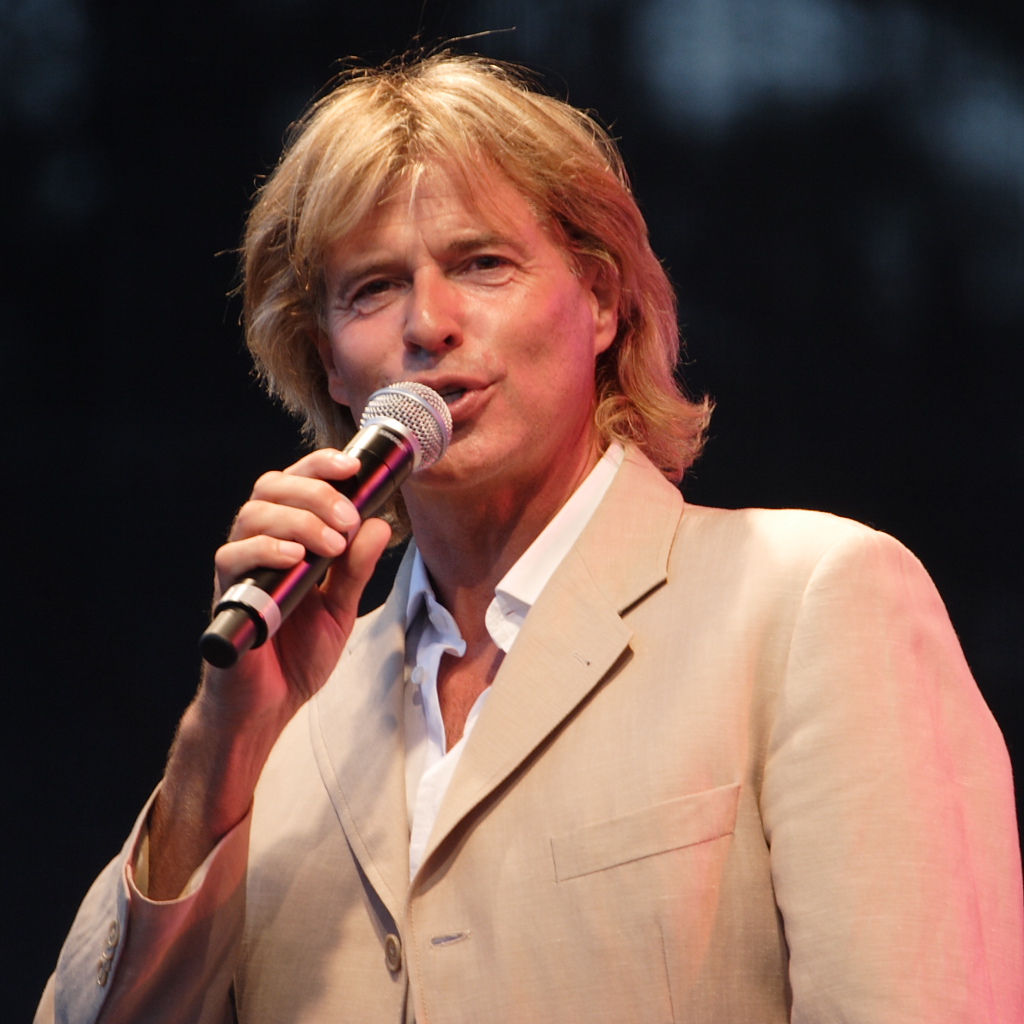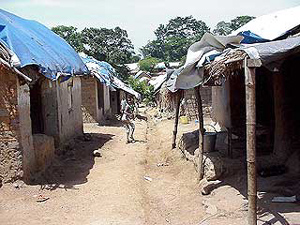|
Strobl(ent)
Strobl (or Strobl am Wolfgangsee) is a municipality of the Salzburg-Umgebung District (''Flachgau''), in the northeastern portion of the Austrian state of Salzburg (state), Salzburg, right on the border with Upper Austria. It comprises the Katastralgemeinden of Aigen, Gschwendt, Strobl, and Weißenbach. Geography It lies on the eastern side of lake Wolfgangsee in the Salzkammergut resort region, close to Sankt Gilgen and the Upper Austrian municipalities of St. Wolfgang im Salzkammergut, St. Wolfgang and Bad Ischl. The town has a population of 3,453 (2001) and an area of 93.89 km2. History The town was in the US zone of Allied-occupied Austria after the war, where the :de:Deutschvilla, villa of the Viennese banking family Deutsch (expropriated by the Nazis in 1938) served as an officers' club. Strobl was the site of a Displaced Persons camp.Archives of the Ghetto Fighters' House St. Sigismund Parish Church Strobl has a church (:de:Pfarrkirche St. Sigismund (Strobl)), where ... [...More Info...] [...Related Items...] OR: [Wikipedia] [Google] [Baidu] |
Municipality (Austria)
In the Republic of Austria, the municipality (, sometimes also ) is the administrative division encompassing a single village, town, or city. The municipality has municipal corporation, corporate status and local self-government on the basis of parliamentary democracy, parliamentary-style representative democracy: a municipal council () elected through a form of party-list proportional representation, party-list system enacts municipal laws, a municipal executive board () and a mayor (, grammatical gender, fem. ) appointed by the council are in charge of municipal administration. Austria is currently (January 1, 2020) partitioned into 2,095 municipalities, ranging in population from about fifty (the village of Gramais in Tyrol (state), Tyrol) to almost two million (the city of Vienna). There is no unincorporated area, unincorporated territory in Austria. Basics The existence of municipalities and their role as carriers of the right to self-administration are guaranteed by the ... [...More Info...] [...Related Items...] OR: [Wikipedia] [Google] [Baidu] |
Sankt Gilgen
St. Gilgen (Central Bavarian: ''St. Gieng'') is a village by Lake Wolfgang in the Austrian state of Salzburg, in the Salzkammergut region. History Named after Saint Giles, St. Gilgen was first mentioned in documents in 1376. In 1863, shipping on Lake Wolfgang started and brought attention to the little village. The construction of the Salzkammergut-Lokalbahn in 1893 led to another increase in tourism. Rich Viennese, such as the surgeon Theodor Billroth, started to build summer residences there. Geography St. Gilgen is situated in the north-western shore of the lake Wolfgangsee, close to Strobl and to the Upper Austrian municipality of St. Wolfgang. It has 3,784 inhabitants, lies 545 metres above sea level and covers an area of 98.67 square kilometres. Overview The parish church is dedicated to Saint Aegidius (Latin), in English Saint Giles, which is reflected in the name of the town, Sankt Gilgen. St. Gilgen is a well-known travel destination. Boats from St. Gilgen sail aro ... [...More Info...] [...Related Items...] OR: [Wikipedia] [Google] [Baidu] |
Baroque
The Baroque ( , , ) is a Western Style (visual arts), style of Baroque architecture, architecture, Baroque music, music, Baroque dance, dance, Baroque painting, painting, Baroque sculpture, sculpture, poetry, and other arts that flourished from the early 17th century until the 1750s. It followed Renaissance art and Mannerism and preceded the Rococo (in the past often referred to as "late Baroque") and Neoclassicism, Neoclassical styles. It was encouraged by the Catholic Church as a means to counter the simplicity and austerity of Protestant architecture, art, and music, though Lutheran art#Baroque period, Lutheran Baroque art developed in parts of Europe as well. The Baroque style used contrast, movement, exuberant detail, deep color, grandeur, and surprise to achieve a sense of awe. The style began at the start of the 17th century in Rome, then spread rapidly to the rest of Italy, France, Spain, and Portugal, then to Austria, southern Germany, Poland and Russia. By the 1730s, i ... [...More Info...] [...Related Items...] OR: [Wikipedia] [Google] [Baidu] |
Kitzbühel
Kitzbühel (, also: ; ) is a town rights, medieval town situated in the Kitzbühel Alps along the river Kitzbüheler Ache in Tyrol (state), Tyrol, Austria, about east of the state capital Innsbruck and is the administrative centre of the Kitzbühel (district), Kitzbühel district (). Kitzbühel is one of the most famous and exclusive ski resorts in the world. It is frequented primarily by the international High society (social class), high society and has the most expensive real estate in Austria. The proximity to Munich has made it a preferred location for vacation homes among the Germany, German elite. Geography Kitzbühel is situated in the Kitzbühel Alps between Zell am See and Innsbruck. It lies in the Leukental valley on the Kitzbüheler Ache river. The town is subdivided into the municipalities of Am Horn, Aschbachbichl, Badhaussiedlung, Bichlach, Ecking, Felseneck, Griesenau, Griesenauweg, Gundhabing, Hagstein, Hausstatt, Henntal, Jodlfeld, Kaps, Mühlau, Obernau, Sch ... [...More Info...] [...Related Items...] OR: [Wikipedia] [Google] [Baidu] |
Fürstenberg (princely Family)
Fürstenberg (also Fuerstenberg and Furstenberg) may refer to: Historical states * Fürstenberg-Baar, county (1441–1559) * Fürstenberg-Blumberg, county (1559–1614) * Fürstenberg-Donaueschingen, county (1617–1698) * Fürstenberg-Fürstenberg, county (1408–1441, 1704–1716) and principality (1716–1804) * Fürstenberg-Geisingen, county (1441–1483) * Fürstenberg-Heiligenberg, county (1559–1664) and principality (1664–1716) * Fürstenberg-Messkirch, county (1614–1716) and principality (1716–1744) * Fürstenberg-Möhringen, county (1599–1641) * Fürstenberg-Pürglitz, principality (1762–1806) * Fürstenberg-Stühlingen, county (1614–1704) * Fürstenberg-Taikowitz, county (1759–1806) * Fürstenberg-Weitra, county (1705–1806) * Fürstenberg-Wolfach, county (1408–1490) * Principality of Fürstenberg, county (1250–1408) and principality Cities and municipalities * Fürstenberg/Havel, a city in the district of Oberhavel, Brandenburg, Germany * Fürste ... [...More Info...] [...Related Items...] OR: [Wikipedia] [Google] [Baidu] |
Strobl Kirche Außenansicht 2
Strobl (or Strobl am Wolfgangsee) is a municipality of the Salzburg-Umgebung District (''Flachgau''), in the northeastern portion of the Austrian state of Salzburg, right on the border with Upper Austria. It comprises the Katastralgemeinden of Aigen, Gschwendt, Strobl, and Weißenbach. Geography It lies on the eastern side of lake Wolfgangsee in the Salzkammergut resort region, close to Sankt Gilgen and the Upper Austrian municipalities of St. Wolfgang and Bad Ischl. The town has a population of 3,453 (2001) and an area of 93.89 km2. History The town was in the US zone of Allied-occupied Austria after the war, where the villa of the Viennese banking family Deutsch (expropriated by the Nazis in 1938) served as an officers' club. Strobl was the site of a Displaced Persons camp.Archives of the Ghetto Fighters' House St. Sigismund Parish Church Strobl has a church ( :de:Pfarrkirche St. Sigismund (Strobl)), where Prince Tassilo von Fürstenberg ( :de:Tassilo von Fürstenber ... [...More Info...] [...Related Items...] OR: [Wikipedia] [Google] [Baidu] |
Ghetto Fighters' House
The Ghetto Fighters' House ( ''Beit Lohamei Ha-Getaot'', Itzhak Katzenelson Holocaust and Jewish Resistance Heritage Museum, Documentation and Study Center) is a Holocaust museum founded in 1949 by members of Kibbutz Lohamei Hagetaot. It is located in the Western Galilee, Israel, on the Coastal Highway between Acre (Akko) and Nahariya. History The Ghetto Fighters' House was founded in 1949. Among the founders were Holocaust survivors who fought in the ghetto undergrounds and partisan units. The museum is named for Itzhak Katzenelson, a Jewish poet who was murdered at Auschwitz. The Ghetto Fighters' House was the world's first museum commemorating the Holocaust and Jewish heroism, with a focus on Jewish resistance in the ghettos and concentration camps. Friends of GFH associations are active in Israel, France, Austria, and the United States. In November 2024, it was announced that the museum is in danger of closing following the Iron Swords War, the building was hit by ro ... [...More Info...] [...Related Items...] OR: [Wikipedia] [Google] [Baidu] |
Displaced Persons Camp
A refugee camp is a temporary settlement built to receive refugees and people in refugee-like situations. Refugee camps usually accommodate displaced people who have fled their home country, but camps are also made for internally displaced people. Usually, refugees seek asylum after they have escaped war in their home countries, but some camps also house environmental and economic migrants. Camps with over a hundred thousand people are common, but as of 2012, the average-sized camp housed around 11,400. They are usually built and run by a government, the United Nations, international organizations (such as the International Committee of the Red Cross), or non-governmental organization. Unofficial refugee camps, such as Idomeni in Greece or the Calais jungle in France, are where refugees are largely left without the support of governments or international organizations. Refugee camps generally develop in an impromptu fashion with the aim of meeting basic human needs for ... [...More Info...] [...Related Items...] OR: [Wikipedia] [Google] [Baidu] |





